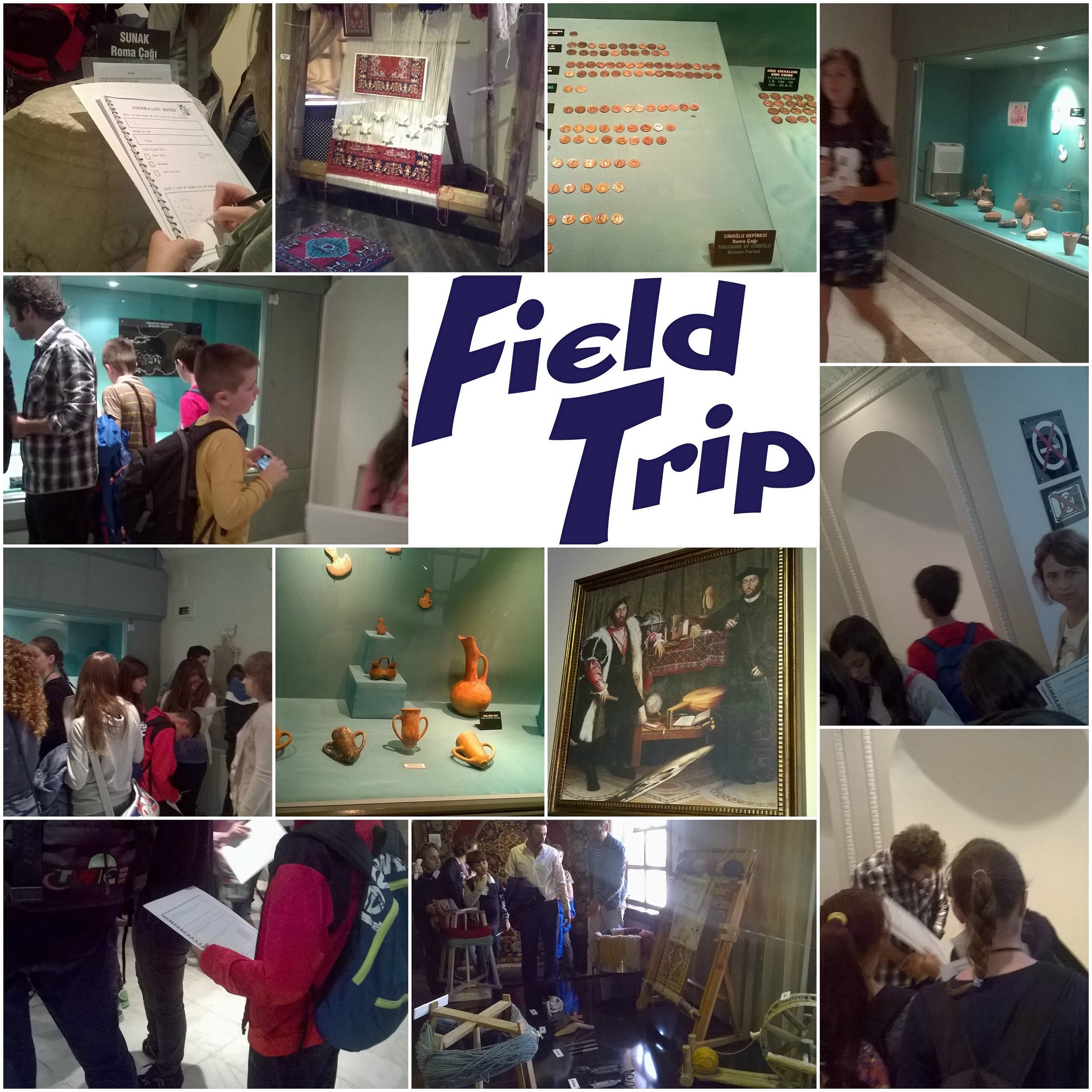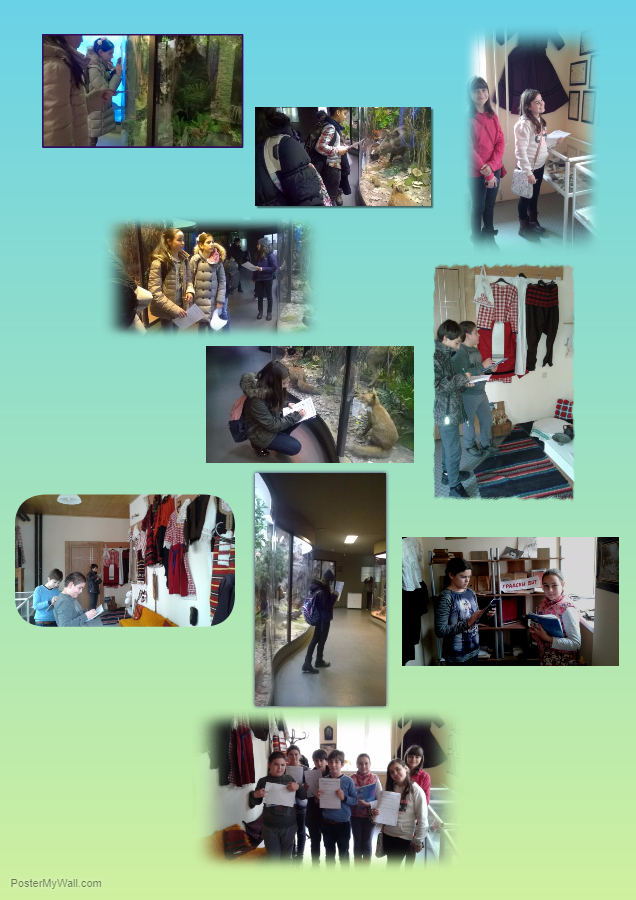
Taking a field trip to a museum offers students and teachers an opportunity to interact with real objects. Field trips engage the senses, bring curriculum concepts to life, and inspire new questions.
Top 10 reasons to take a field trip to a museum:
1. Museums excite and motivate students to learn about our world.
2. Immersion in a museum environment engages all students in a multi-sensory learning experience.
3. Museum exhibitions are interdisciplinary - they can be used to enhance school-based learning across different subject areas.
4. Exposure to collections and exbitions enables students to build and practise vocabulary.
5. In museums students engage in the process of inquiry: asking questions, collecting evidence, and constructing explanations.
6. Field trip activities foster students' critical thinking skills: analyzing, reasoning, problem-solving, and creative thinking.
7. Field trip activities support critical pedagogy by engaging students in reflection and evaluation using authentic resources.
8. Field trips deepen students' awareness of the local/regional/national cultural institutions and understanding of museums as places for lifelong learning.
9. Museums offer students a unique experience that cannot be replicated in the classroom.
10. Field trips make learning fun.
There are 3 main parts to a field trip: pre-field trip activities completed in the classroom, field trip activities at the museum and post-field trip activities conducted back in the classroom.
Field trip checklist:
#At least 2 weeks before the field trip, the teacher(s) should:
- choose 3 potential field trip dates;
- determine the total number of students and chaperones who will be visiting;
- complete necessary school paperwork
- coordinate transportation if needed;
- recruit chaperones;
- visit the museum.
#At least 1 week before the field trip, the teacher(s) should:
- prepare chaperones;
- create chaperones groups - usual rule: 1 adult per 10 students;
- prepare itineraries for chaperones and gather material for students;
- complete pre-field trip activities in the classroom.
#On the day of the field trip, the teacher(s) should:
- provide identification for the group members - chaperones are given nametags, students are given nametags, stickers or matching shirts with the school name and contact information;
- distribute maps and/or itineraries to chaperones, highlighting important meeting times and locations;
- bring supplies for student work, making sure everyone has a pencil, something to write on and the necessary field trip observation sheet(s).
#After the field trip, the teacher(s) should:
- complete post-field trip activities in the classroom, encouraging students to synthesize and reflect on their field trip learning.
FOCUS: STUDENT LEARNING
Students gather evidence, make logical inferences, and support conclusions using multiple sources of information.
Before the field trip:
GOALS for students:
- have realistic expectations about what they will see and do at the museum;
- understand the goals for learning at the museum;
- understand how the field trip fits into classroom learning;
- complete activities that prepare them for learning at the museum.
| Strategies |
Students... |
| Prepare for the field trip experience |
- examine a museum map
- explore the museum website if available
- discuss students' prior visits to the museum or to other museums
- are communicated behaviour expectations and consequences
|
| Prepare for the field trip activities |
- review relevant content and vocabulary
- complete pre-field trip activities
- are presented with the field trip observation sheet(s) and review directions
- are presented with tips for doing the field trip activities well
|
During the field trip:
GOALS for students:
- thoughtfully engage with museum resources through focused activities;
- meet the field trip's learning objectives;
- build on learning started during pre-field trip activities;
- have fun learning.
| Strategies |
Students... |
| Observe |
- recreate exhibits through careful sketches
- select an exhibit and answer: What? Who? When? Where? How?
|
| Read and record |
- write a description of a specific exhibit
- record field trip observations by taking photos or short video clips if allowed
|
| Search and find |
- look for exhibits that relate to particular categories, themes etc.
- answer fill-in-the-blanks questions
|
| Investigate |
- collect evidence to test a hypothesis |
After the field trip:
GOALS for students:
- reflect on their field trip experience;
- share what they learnt at the museum;
- discuss and investigate questions that arose during the field trip;
- connect museum experience to learning at school.
| Strategies |
Students... |
| Reflect |
- discuss what students liked and didn't like about the field trip
- share field trip findings during classroom discussions
- compare and contrast observations
- write a journal entry about the experience
|
| Present |
- create a class book that illustrates field trip learning
- display field trip information and pictures
- present fiedl trip observations and learning to another group (students, parents etc.)
- work in groups to design a museum exhibition, serving as docents for guests
- create a scientific poster to display evidence gathered at the museum
|
| Investigate |
- record museum-inspired questions to investigate further
- conduct investigations to learn more
|
~~~
This is the Field trip observation sheet to be used when visiting the museum:

AND HERE WE ARE VISITING MUSEUMS:

OUR PRESENTATIONS:
The exported Tackk (the site is to close on September 30th 2017):
